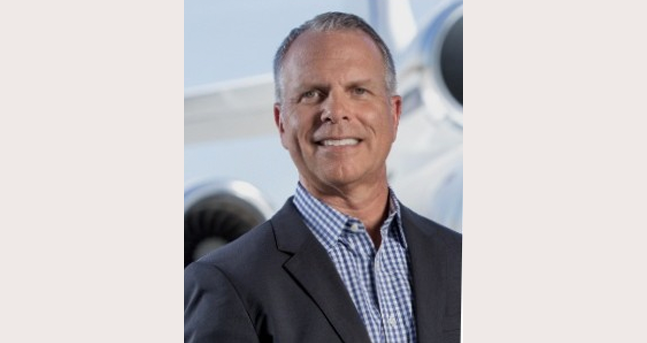Viewpoint: Carbon Offset Credit Programs Aid Sustainability Efforts

Since the 19th century, our planet has warmed by about 1C, or 1.8F, according to the Environmental Defense Fund, one of the world’s leading environmental organizations, and we are on our way toward a 1.5C (2.7F) increase by as early as 2030.
This global warming results in more evaporation, leading to more water in the atmosphere. These changing conditions put our agriculture, health, water supply and more at risk.
With these scientifically accepted facts leading behavior and actions, business aviation manufacturers have established a strong record of improving fuel efficiency to reduce C02 emissions.
In their joint Business Aviation Commitment to Climate Change, the General Aviation Manufacturers Association (GAMA) and the International Business Aviation Council point out that the industry has delivered an impressive 40% improvement in fuel efficiency over the past 40 years.
In addition, the business aviation industry has launched a diverse set of programs over the past several years to further reduce C02 emissions, including significant efforts to further develop and distribute Sustainable Alternative Fuels (SAFs).
To put these efforts in context, business aviation’s global CO2 emissions make up approximately 2% of all aviation emissions and 0.04% of global man-made carbon emissions, according to GAMA.
It is against this backdrop that Global Jet Capital (GJC) partnered with the Carbonfund.org Foundation, a U.S.-based nonprofit organization, to launch our CleanFlight Carbon Offset Program.
As one of the largest business jet lessors in the market, we wanted to raise visibility around the impact of climate change and provide our clients with the knowledge and expertise required to make informed decisions regarding options available to offset the impact of their aircraft operations on the environment through verified carbon offsets.
A carbon offset is a certificate representing the reduction of one metric ton (2,205 lbs.) of carbon dioxide emissions. Although complex in practice, carbon offsets are simple in theory.
Any project that reduces carbon dioxide emissions and completes the validation and verification process for voluntary carbon offset projects can result in the production of carbon offsets. In this case, every ton of carbon emissions reduced, avoided or sequestered results in the creation of one carbon offset.
Project developers then sell these offsets to finance their projects, making them available for purchase by individuals and organizations wishing to mitigate the impact of their own carbon footprints.
The CleanFlight Carbon Offset Program provides existing and new Global Jet Capital clients with options and preferred pricing should they choose to offset the greenhouse gas emissions related to their business aircraft use through the purchase of verified carbon offsets.
To be clear, the acquisition of these carbon offsets is completely voluntary and not intended to satisfy government regulations regarding environmental mitigation.
When clients indicate interest, we help calculate the aircraft’s hourly fuel burn and associated CO2e metric ton per hour for the years of coverage desired with support from Carbonfund.org. The amount of carbon offsets the client wishes to acquire is entirely up to them.
A typical large business jet, for example, will burn about 400 gal. of Jet A fuel per hr., or four CO2e metric tons per hr. Using Carbonfund.org’s standard retail price of $10 per metric ton for carbon offsets, an operator of an aircraft flown 300 hr. in a year would want to purchase $12,000 worth of carbon offsets to cover their emissions.
Under these conditions, an aircraft owner looking to cover operations of this nature over the entirety of a 7-yr. lease or loan may consider an upfront purchase of $84,000. Given the overall costs involved in buying and operating a large business jet, the cost is minimal considering the global benefits.
Since launching the program in April, Global Jet Capital has seen a great deal of interest from existing and prospective clients. We signed our first agreement in May with the operator of a Falcon 7X who chose to cover his 2020 and 2021 operations.
It was gratifying to hear the owner express that he had been considering this for some time but didn’t know how to begin. He clearly appreciated the clarity and options our CleanFlight Carbon Offset Program was designed to deliver.
Going green has become simpler with programs such as CleanFlight now in place. Please consider the use of offsets when you fly.
Viewpoint by Andrew Farrant, Global Jet Capital Chief Marketing Officer





Comments
Now, where are those little trees being planted that will start absorbing all that carbon in say, 20 plus yesrs?
Is Gore part of this scam organization too?